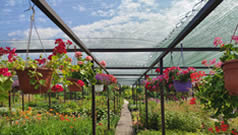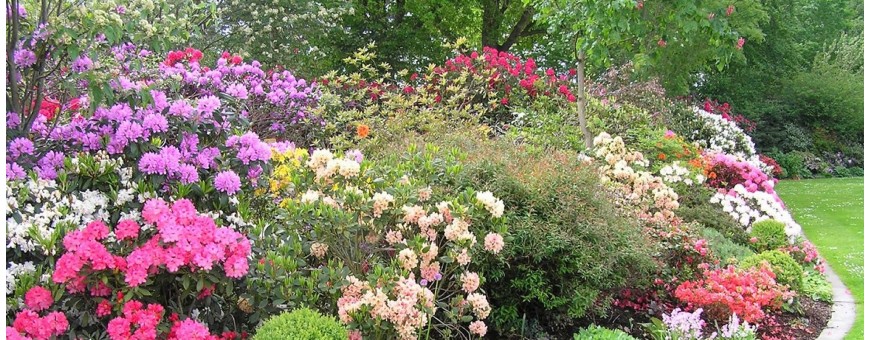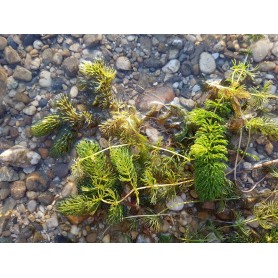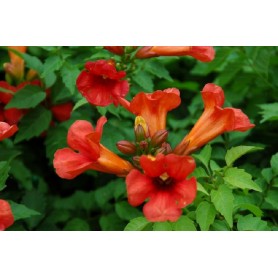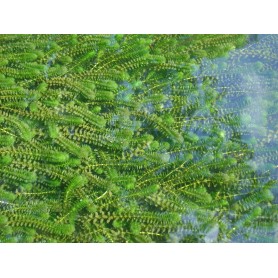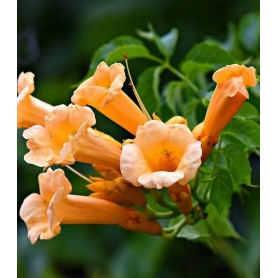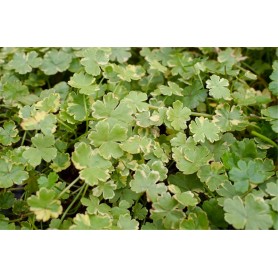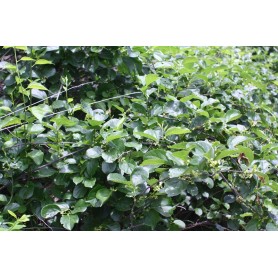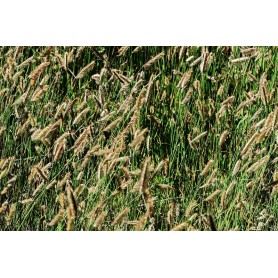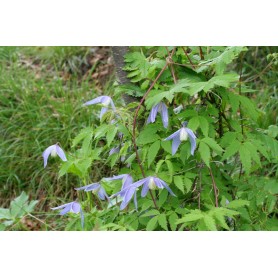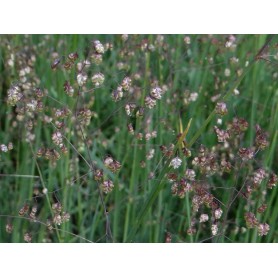Ceratophyllum demersum
Ceratophyllum demersum, called thorn or coarse hornwort in Dutch, is a submerged aquatic plant without roots, with a very high water-purifying capacity. This oxygenating plant is a true cosmopolitan and occurs almost worldwide in sufficiently deep and fresh water. The leaves are dark green, branched fork-shaped, standing in whorls on long stems. This hornwort blooms in summer with small white flowers, the plant is monoecious, the male flowers have about 20 stamens, the female 1 pistil. The pollen floats through the water until it reaches the pistil, after fertilization olive green spiny achenes form. Thorn hornwort is very hardy, grows quickly, is not salt tolerant and only suitable for fresh water.
€3.80

